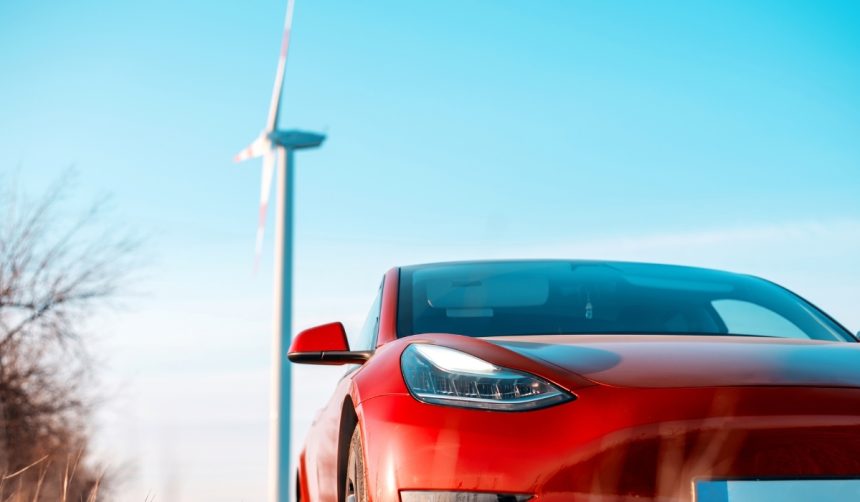Investors and market observers have turned their attention to Tesla’s newly released Q3 2025 earnings, following several consecutive quarters of anticipation about the company’s operational scale. With both vehicle deliveries and energy storage deployments reaching new highs, Tesla provided a glimpse into its current financial posture as well as the everyday demand for its Model Y, Model 3, and energy products. This period’s results highlight ongoing efforts to improve energy solutions and expand vehicle production, reflecting shifts across the broader electric vehicle sector. Notably, the company’s commitment to technological development appears visible within updates to vehicle features and energy storage capabilities.
Results from past quarters emphasized Tesla’s challenge to meet consensus earnings expectations even as production volumes increased steadily. While previous reports often focused on rising competition and tightening margins, the latest numbers provide some context for year-on-year growth in revenue alongside weaker operating income. Energy storage deployment was a standout metric last year, too, but recent growth in free cash flow and cash reserves marks a notable development. The overall earnings remain under analyst expectations compared to recent quarters, echoing analyst predictions about pricing pressures and capital spending. Tesla’s consistent delivery records contrast with fluctuations in profitability and market response.
How Did Tesla Perform Financially in Q3 2025?
Tesla’s Q3 2025 period concludes with reported total revenues of $28.095 billion, a 12% increase year-over-year. The company issued a GAAP EPS of $0.39 and a non-GAAP EPS of $0.50 per share, alongside a GAAP net income of $1.37 billion. In contrast to market expectations—where FactSet and Sharp consensus forecasted higher earnings per share—Tesla’s results came in below many projections. Operating income dropped to $1.6 billion, which translated to a 5.8% operating margin this quarter.
What Operational Highlights Did Tesla Note?
Tesla reported deliveries of over 497,000 vehicles and production figures exceeding 447,000, underlining increased demand and sustained manufacturing capability. Energy storage deployments saw a significant scale, with 12.5 GWh deployed in Q3. Operating cash flow reached $6.2 billion, while free cash flow approached $4.0 billion. The company highlighted cash, cash equivalents, and investments totaling $41.6 billion at the period’s close.
What Did Tesla Say About Strategic Priorities?
Tesla’s official communication reiterated its efforts to maintain profitability and advance both scale and autonomy as priorities.
In Q3, we achieved record deliveries plus energy storage deployments,
underscored a company statement, emphasizing continued focus on enhancing its core products.
Every Tesla delivered today is designed for autonomy, and every Tesla energy storage product is capable of being enhanced,
the update noted, referencing recent technological upgrades and ongoing research in automation and battery performance.
Tesla’s performance illustrates the company’s increasing financial discipline alongside automotive and energy operations. While cash generation has improved and energy deployments have set new records, profitability remains under pressure, partly due to rising costs and evolving industry dynamics. For readers following the electric vehicle market, fluctuations in Tesla’s quarterly performance provide useful signals around broader trends such as EV demand, energy storage uptake, and capital investment allocation. Monitoring shifts in operating margin and free cash flow allows stakeholders to assess both immediate health and long-term strategic positioning as competition continues to shape the sector.
- Tesla’s Q3 2025 revenue rose to $28.1 billion, up 12% year-over-year.
- Earnings per share and profit missed analyst expectations despite record deliveries.
- Cash reserves and energy storage deployments both reached new highs this quarter.










